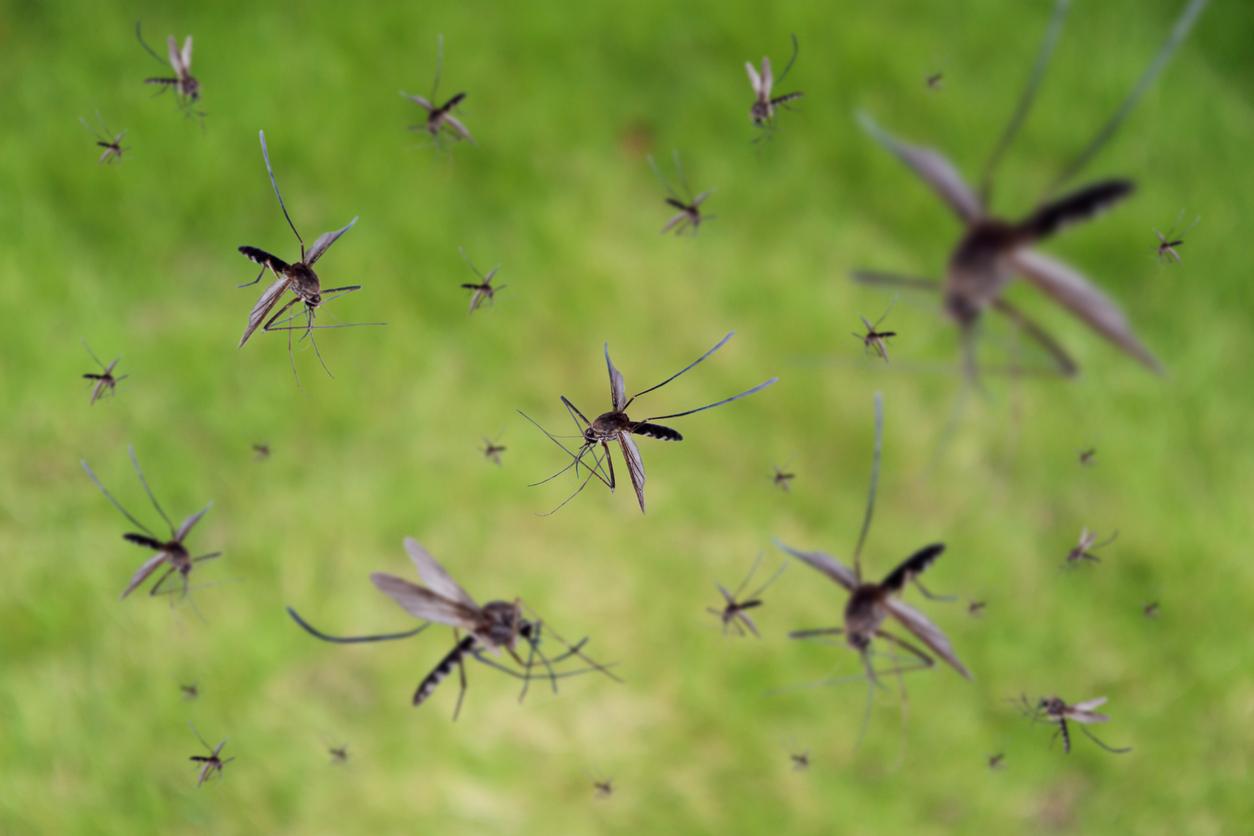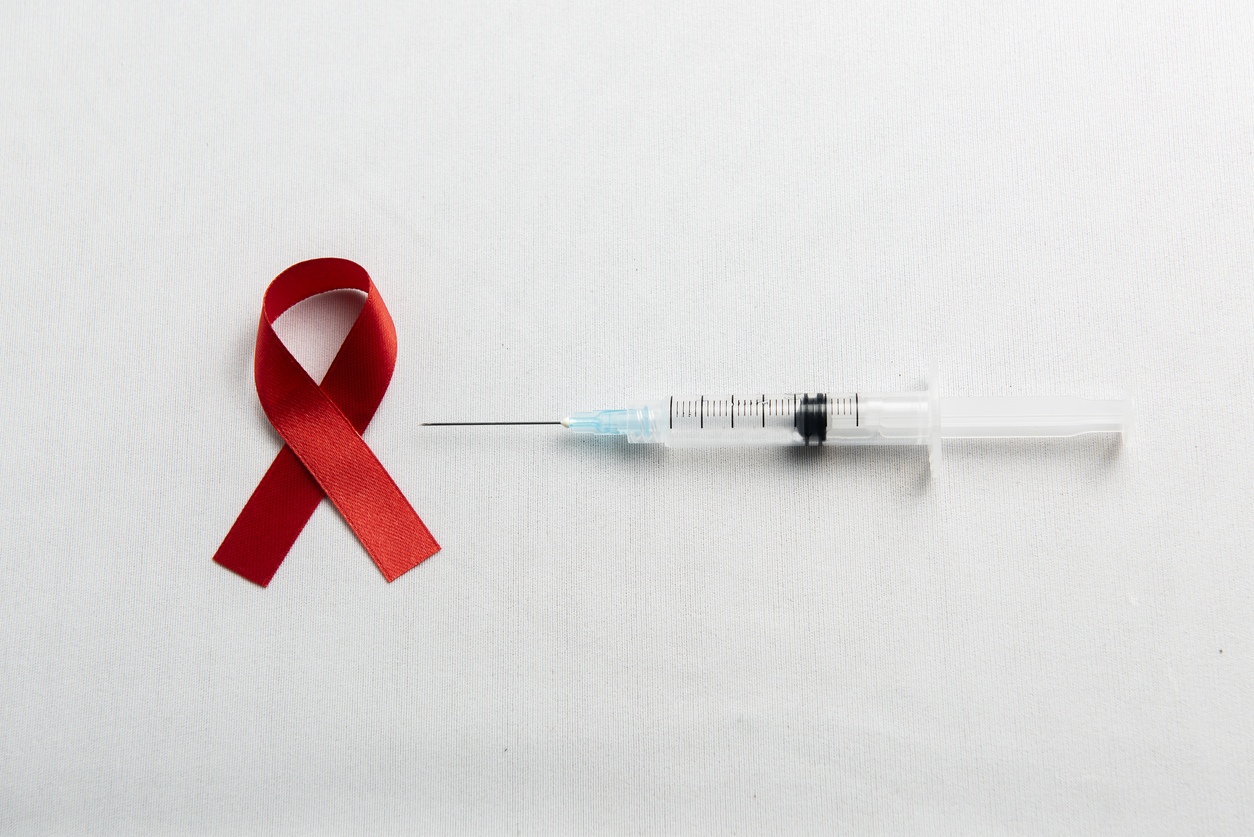2025-07-09
Chikungunya: the invisible epidemic
Public Health and Social Medicine Infectiology
A vaccine in the shadow of a forgotten virus
With the recent approval of the IXCHIQ (Valneva) and VIMKUNYA (Bavarian Nordic) vaccines, a new era begins in the fight against the chikungunya virus (CHIKV). Yet, the true extent of its global impact remains poorly understood, complicating decisions around vaccination strategy. This large-scale international modeling study assesses virus circulation across 180 countries and simulates the effectiveness of various vaccination campaigns.
More than 100 affected countries… but who’s really paying attention?
By combining seroprevalence data, case reports, and the distribution of vector mosquitoes (Aedes aegypti and Aedes albopictus), the authors show that CHIKV has circulated in 104 countries, exposing 2.8 billion people. Only six countries, including India and Brazil, show endemic transmission. Ninety-eight other countries experience sporadic outbreaks, often undetected or misdiagnosed. In 76 countries, no transmission has been confirmed—usually due to insufficient surveillance or limited vector risk.
Chikungunya strikes, disappears… then returns: the epidemic trick
In epidemic areas, an outbreak occurs on average every 6.2 years, infecting 8.4% of the susceptible population. Endemic regions face continuous transmission, with an average annual infection rate of 2.4%. Using 49 serological datasets from 29 countries, the team estimates 35.3 million annual infections, including 9.1 million in India. Each year, CHIKV is estimated to cause:
- 17.7 million symptomatic cases
- 848,000 chronic painful cases
- 3,700 deaths
- 121,000 DALYs (Disability-Adjusted Life Years)
A vaccine, yes. But for whom, when, and how?
That’s the key question. Based on hypothetical vaccine effectiveness—70% against disease and 40% against infection—two strategies were modeled:
- Routine vaccination in endemic countries (≥12 years old)
- Reactive vaccination via strategic stockpiles in epidemic countries
With 50% coverage, 132 million doses would be required annually, mostly concentrated in India and Brazil. Simulated outcomes show yearly prevention of:
- 5.8 million infections
- 168,000 chronic cases
- 450 deaths
- 22,900 DALYs
Per 100,000 doses administered, 4,400 infections, 2,700 cases, and 0.35 deaths could be avoided, with 17 DALYs gained. The impact is greater in epidemic contexts.
A promising vaccine, fragile certainties
The results strongly depend on several parameters: vaccine effectiveness, duration of protection, outbreak detection speed, and deployment rate. An optimistic 90% efficacy would double the vaccine's benefits.
Real-world data are still lacking, as IXCHIQ’s approval is based on an immunological correlate of protection rather than phase 3 trial outcomes. Adverse events, such as mild arthralgia (18% of recipients) or severe arthralgia (0.3%), were not included in DALY calculations.
Read next: The vaccine that challenges the standards
Vaccination strategies: between prevention and rapid response
Reactive campaigns using stockpiles are a promising alternative for non-endemic countries. However, their effectiveness depends on the speed of outbreak detection—often hampered by lack of confirmatory testing and clinical confusion with dengue or flu.
In highly affected regions (India, Brazil), integration into national immunization schedules remains the most effective solution.
Climate change and mobility: escalating the risk
Global warming is expanding the habitat of Aedes mosquitoes and prolonging transmission seasons. Increased mobility leads to viral introductions into new regions, raising the frequency of epidemics.
This study marks a turning point: for the first time, the global burden of chikungunya has been precisely quantified. The message is clear—data-driven, targeted, and responsive vaccination strategies could reshape the fight against this neglected virus. What remains is to implement this roadmap. Because having a vaccine without knowing when or where to use it is like letting the mosquito stay one step ahead.
Read next: Dengue and the Mind: The Silent Storm
Source(s) :
Ribeiro dos Santos G. et al. Nature Medicine, 2025 ;

Last press reviews
Twice-yearly injections to change the game?

By Ana Espino | Published on December 3rd, 2025 | 3 min read
HIV & young people: what if we changed the rules?

By Ana Espino | Published on December 2nd, 2025 | 2 min read
